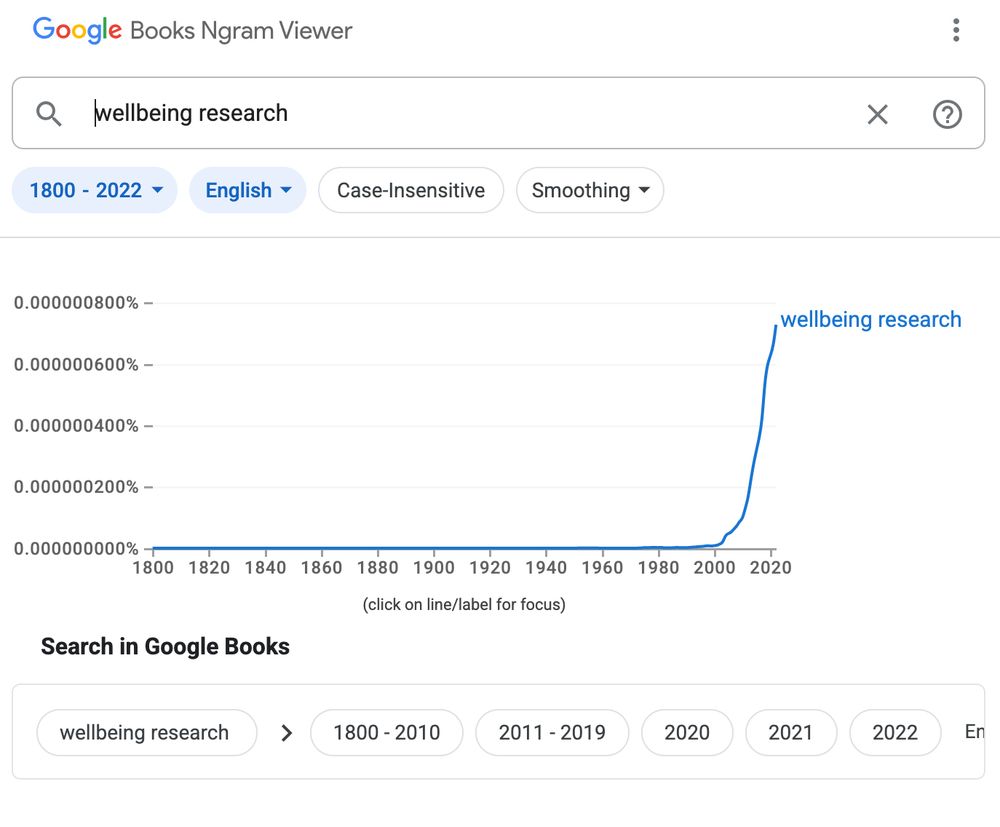I've added a new example to our paper's repo, demonstrating how our reliability method replicates Cronbach's alpha for a simple model, but also how our method can account for: (i) binary data, (ii) varying numbers of items per pps, & (iii) improvement over trials www.bignardi.co.uk/8_bayes_reli...
08.10.2025 11:31 — 👍 2 🔁 0 💬 0 📌 0
Thanks Edwin! I only learned from the best 😜
01.10.2025 11:52 — 👍 1 🔁 0 💬 1 📌 0
Great! Sorry just saw this before my replies :)
01.10.2025 11:40 — 👍 0 🔁 0 💬 0 📌 0

I think both methods should converge to the same answer as the number of draws -> ∞. I think your approach is 1-V_w/V whereas empirical reliability is defined as v_a/(v_a+v_w) - but it should be the same as draws -> ∞. Pic from onlinelibrary.wiley.com/doi/10.1002/...
01.10.2025 11:38 — 👍 0 🔁 0 💬 0 📌 0

Difference between empirical and marginal reliability of an IRT model
I am using the mirt library in R to fit an instrument (binary responses) comprising two dimensions. In the mirt documentation are mentioned two types of reliability. I would like to ask what is the
Hi Ruben - i had the same thought - and it wasn't easy finding the reference in an old IRT manual! In your post, do you divide the variance of subjects' posterior means by the total variance in MCMC draws across subjects? The best description of ER is in here by Phil Chalmers tinyurl.com/4f3vv5e8
01.10.2025 11:21 — 👍 0 🔁 0 💬 1 📌 0
...
01.10.2025 08:17 — 👍 0 🔁 0 💬 0 📌 0
Any (ideally helpful) comments/feedback/critique welcome! Email at: bignardig@outlook.com
01.10.2025 08:17 — 👍 0 🔁 0 💬 1 📌 0
Tutorial: Calculating RMU reliability for a go/no-go task
Alongside the preprint osf.io/h54k8 I've uploaded an example of how to calculate RMU with go/no-go task data, comparing RMU with split-half and test-retest reliability estimates www.bignardi.co.uk/8_bayes_reli... - more software support to come if there's demand.
01.10.2025 08:17 — 👍 3 🔁 0 💬 1 📌 0
In the paper, we also demonstrate that our method yields a similar point estimate to using the ratio of subjects' posterior mean variance (PMV) divided by PMV + average posterior variance. However, our approach also provides credible intervals, which are essential when sample sizes are small.
01.10.2025 08:17 — 👍 1 🔁 0 💬 1 📌 0


We also compared RMU to coefficient alpha and H (Study 1) and split-half reliability (Study 2). RMU generally had lower bias and error, as well as better coverage. However, the main benefit of RMU is that it can be applied across a wide range of Bayesian measurement models - unlike alpha.
01.10.2025 08:17 — 👍 1 🔁 0 💬 1 📌 0

Our method involves taking two random draws (without replacement) from each subject's posterior and computes the correlation between draws. We repeat this process many times and use the distribution of correlations to calculate credible intervals or posterior probabilities (e.g., reliability > .70).
01.10.2025 08:17 — 👍 1 🔁 0 💬 1 📌 0
The intuition behind our method is that the amount of overlap between posteriors is important: in the example above, if the posteriors became significantly broader, we would be much more uncertain in each estimate and struggle to distinguish between participants, reducing reliability.
01.10.2025 08:17 — 👍 1 🔁 0 💬 1 📌 0

Our reliability method can be applied to most fitted Bayesian measurement models. In the example below, I've used a Bayesian signal detection model to estimate posterior distributions for each subject's performance on a go/no-go test. Each curve shows our certainty in each subject's estimate.
01.10.2025 08:17 — 👍 1 🔁 0 💬 1 📌 0
OSF
New preprint with @rogierk.bsky.social @paulbuerkner.com - we introduce "relative measurement uncertainty" - a reliability estimation method that's applicable across a broad class of Bayesian measurement models (e.g., generative-, computational- and item response theory-models osf.io/h54k8
01.10.2025 08:17 — 👍 11 🔁 4 💬 1 📌 3
...
24.09.2025 10:21 — 👍 0 🔁 0 💬 0 📌 0
Inspecting the regression coefficients, we found that going to bed hungry was the strongest and most consistent predictor out of all the food insecurity questions.❗We should note that the survey took place during school term, and food insecurity is likely even worse during the school holidays.
24.09.2025 10:21 — 👍 0 🔁 0 💬 1 📌 0


📈Comparing model predictions for low food insecurity to medium or high food insecurity, we found moderate (.3-.5 standard deviations) changes in depression and adolescent wellbeing scores, and smaller changes (.2-.3 standard deviations) in anxiety, loneliness and positive thoughts.
24.09.2025 10:21 — 👍 1 🔁 0 💬 1 📌 0
Using #marginaleffects, we compared model predictions for each outcome variable across three levels of food insecurity: "low", "medium", and "high". Each level represents an "average" participant who either responded "never", "sometimes", or "often" to each food insecurity question.
24.09.2025 10:21 — 👍 0 🔁 0 💬 1 📌 0
Next, we used ordinal regression models to estimate the association between the three food insecurity questions and six mental health outcomes, controlling for demographics. We modelled the effect of each food insecurity question separately (and modelled "sometimes" and "often" separately).
24.09.2025 10:21 — 👍 0 🔁 0 💬 1 📌 0

Table showing the prevalence of food insecurity responses across three questions, split into "never", "sometimes" and "often" responses.
We found 4-5% of CYP sometimes experience food insecurity, and 1-2% often experience food insecurity, across our three questions (F1: food bank usage, F2: food affordability, F3: going to bed hungry). Post-stratification weighting using school census data did not massively alter these estimates.
24.09.2025 10:21 — 👍 0 🔁 0 💬 1 📌 0

JCPP Advances | ACAMH Child Development Journal | Wiley Online Library
BackgroundWe aimed to assess the prevalence of food insecurity reported by children and young people in four areas of England in 2023 and examine its association with mental health and wellbeing. Met...
📣New study 📣 We examined the prevalence of food insecurity and its association with mental health and wellbeing, using the 2023 @oxwell.bsky.social survey of 38,430 children and young people aged 8–19 in England with @sjblakemore.bsky.social @minafazeloxford.bsky.social doi.org/10.1002/jcv2...
24.09.2025 10:21 — 👍 11 🔁 3 💬 1 📌 0
OSF
New paper! Excellent work by @bignardi.bsky.social and @minafazeloxford.bsky.social, who leads the Oxwell study
The prevalence of food insecurity and its relationship with wellbeing in a large, cross-sectional study of children and young people in England
Out soon. Preprint:
osf.io/preprints/ps...
31.08.2025 10:54 — 👍 19 🔁 7 💬 0 📌 0
Delighted to be hiring a new Clinical Psychology Lecturer to come and join our vibrant environment at the SGDP Centre @kingsioppn.bsky.social @kingscollegelondon.bsky.social please share!
my.corehr.com/pls/coreport...
07.08.2025 08:39 — 👍 6 🔁 8 💬 0 📌 1
You could use a hot deck method like predictive mean matching which uses other data points on the variable to impute - so you shouldn't get out of range values?
07.08.2025 14:50 — 👍 6 🔁 0 💬 1 📌 0
I've just tried to stick to terminology from marginaleffects.com and explain the specifics in the methods. It was a bit of a pain when it comes to peer review as our reviewers were not familiar with marginal effects... still ploughing on though with using it in more upcoming papers though 😀😬
17.07.2025 09:37 — 👍 3 🔁 0 💬 1 📌 0

Your pics just look black to me! Lets see if this works...
04.07.2025 10:33 — 👍 1 🔁 0 💬 1 📌 0
@drandreahoward.bsky.social, hold my beer..
Latent class growth models are worse than useless, and we've known this for more than 20 years.
(See Bauer 2007)
20.06.2025 19:05 — 👍 121 🔁 32 💬 10 📌 7

I wonder to what extent this reflects changing terminology - "wellbeing" research is skyrocketing. The content of "wellbeing" and "happiness" scales seems to overlap quite a bit too.
19.06.2025 13:49 — 👍 0 🔁 0 💬 0 📌 0
Postdoctoral Research Fellow @WZB Berlin Social Science Center | PhD @Freie Universität Berlin | Democracy, Far Right, Political Communication
Photography who is a big fan of birds
Postdoctoral Research Associate at Cambridge University | forthcoming MSCA Fellow | PhD in Social and Educational Neuroscience | Interested in how people learn from and with others in real-world interactions | URL: sites.google.com/view/saradefelice/home
Postdoctoral Scholar @UCLA & Affiliate Fellow @broadinstitute of @MIT and @Harvard. Alumni @TuftsUniversity. GWAS of complex traits. Unraveling GxE effects.
Expressive probabilistic programming language for writing statistical models. Fast Bayesian inference. Interfaces for Python, Julia, R, and the Unix shell. A rich ecosystem of tools for validation and visualization.
Home https://mc-stan.org/
Sociologist for children and social equality.
Postdoc at University of Bologna (GENPOP) & previously PhD at the EUI.
https://gaiaghirardi.github.io
Cambridge Centre for Ageing and Neuroscience: studying healthy ageing of brain and cognition. www.cam-can.org
Research Assistant @ MRC-CBU Digital Mental Health Group, University of Cambridge | bd440@cam.ac.uk | he/him
postdoctoral prize research fellow, nuffield college, oxford www.saidhassan.dk
NIHR ARC Wessex Research Fellow at the University of Southampton (UK) | Interested in intervention and prevention targets for young people mental illness and mental health care provision
💚 Real hope. Real change.
greenparty.org.uk
Promoted by Chris Williams on behalf of the Green Party, both at PO Box 78066, London SE16 9GQ.
Founder of Tax Policy Associates Ltd. Tax realist. @danneidle on Twitter
Official Account for the Office of California Governor Gavin Newsom.
Building a #CaliforniaForAll.
🔗 linktr.ee/CAgovernor
A research programme on remote measurement technology for ADHD: using wearables and smartphones to study and improve outcomes | Led by Profs Jonna Kuntsi & Richard Dobson | @kingsioppn.bsky.social
https://www.kcl.ac.uk/research/adhd-remote-technology-art
Postdoc at King's College London SGDP Centre @kingsioppn.bsky.social. Developmental psychologist interested in neurodevelopmental conditions, psychiatric traits and motor skills.
Prof Dev Beh Genetics & HoD SGDP Centre, IoPPN, KCL | Director @TedsProject | Runs @GLADStudy w @psychgenomics | Loves singing and being mum to 3 boys
Professor, quantitative psychology, decision theory, data science, mathematics, statistics, open science, modeling, weight lifting, photography, enjoyer of poetry
www.davis-stober.com















